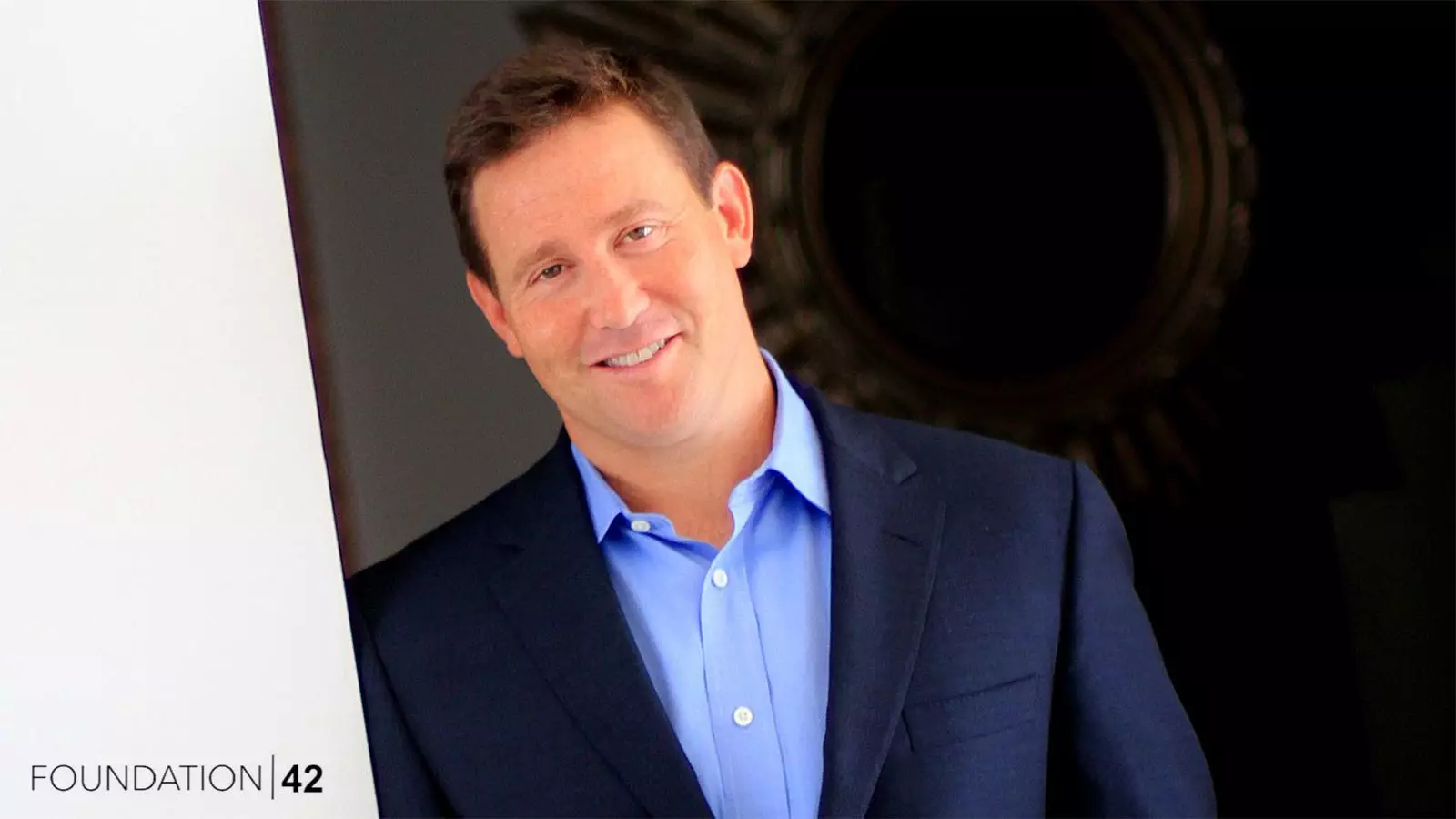Having navigated the complex waters of healthcare for over three decades, I have witnessed a multitude of attempts to reform what many perceive as a flawed healthcare delivery system. My experiences have spanned various roles and responsibilities, including significant engagement with Catholic Healthcare Partners—now known as Mercy Health—in Ohio. It was during my tenure alongside Brent Asplin, MD, MPH, a visionary leader in the field, that I first encountered the impactful transition into population health management. This initiative was marked by a need for new payment structures, improved governance, and increased physician engagement, all geared towards enhancing patient outcomes. Yet, even against this backdrop of reform, the search for effective solutions continues, highlighting the profound challenge of overhauling healthcare systems entrenched in outdated practices.
The latest discussion in this ongoing dialogue revolves around a pioneering initiative called Foundation|42, conceptualized by Jon Gordon—a notable venture capitalist and business consultant. With this ambitious endeavor, Gordon aims to dissect and address the core issues plaguing the U.S. healthcare landscape. His philosophy rests on the premise that many existing models are hindered by outdated financing structures that fail to keep pace with advancements in medical practice and technology. Unlike traditional approaches, which often tether themselves to existing systems and their limitations, Foundation|42 aspires to rethink healthcare delivery from the ground up.
I had the opportunity to participate in several Zoom discussions led by Gordon, where fundamental insights emerged regarding the characteristics of an optimal healthcare model. The consensus among participants was clear: moving towards a person-centered orientation, which considers patients as whole individuals, was essential. Furthermore, there was a strong call for transitioning from merely treating illnesses to promoting overall health and wellness. Accessibility, equity, long-term investment, continuous improvement, and maximizing current spending were underscored as fundamental pillars of this new model.
While the foundational principles emerging from these discussions are well-received, the critical challenge lies in translating these ideals into a workable model. Gordon’s perspective diverges sharply from many in the field; he frames the healthcare crisis as a byproduct of prioritizing outmoded economic structures over the genuine needs of patients and practitioners. His innovative model proposes a three-stage approach: designing an ideal healthcare framework unconstrained by existing models, deploying the concept with targeted partners, and fostering a comprehensive ecosystem for ongoing improvement.
However, the heavy lifting required to achieve such monumental reform is not to be underestimated. I can’t help but consider the myriad obstacles that transform a well-structured plan into reality. Every player in the healthcare system is entrenched in practices shaped by longstanding traditions and regulations that resist change. Implementing even minor adjustments within this landscape can feel like an exercise in futility; thus, the Herculean task that lies ahead for Foundation|42 is daunting.
Despite the significant hurdles, there is cautious optimism surrounding Foundation|42. With over 150 healthcare leaders already engaging in initial design processes, there is a palpable sense of momentum building. This collaborative spirit echoes the very ethos of effective healthcare reform—partnerships grounded in shared goals and transparent communication. If the initiative can harness this collective expertise and forge ahead with clarity of purpose, it stands a better chance of success than prior models that faltered against inertia and disunity.
In the grand tapestry of healthcare reform, Foundation|42 represents a dynamic thread woven from experience, innovation, and fierce determination. If we were to begin with a clean slate, principles like patient-centric design, equitable access, and a commitment to continuous adaptation would indubitably yield a more sustainable system. Yet, can such an ambitious vision survive the trials of implementation? For Jon Gordon, whose relentless pursuit of transformative change provides a compelling beacon of hope, the answer is—perhaps—more promising than in previous attempts.
The exploration of the Foundation|42 initiative offers a glimpse into the evolving landscape of healthcare reform. While skepticism remains warranted given the historical challenges, the passion driving this endeavor cannot be overlooked. As stakeholders continue to engage in the complex design and deployment processes, one can only hope that this initiative, with its innovative framework and collaborative spirit, catalyzes a meaningful shift in the trajectory of healthcare in America. Time will reveal whether Foundation|42 can rise above its predecessors and establish a new benchmark for what healthcare can and should be.


Leave a Reply